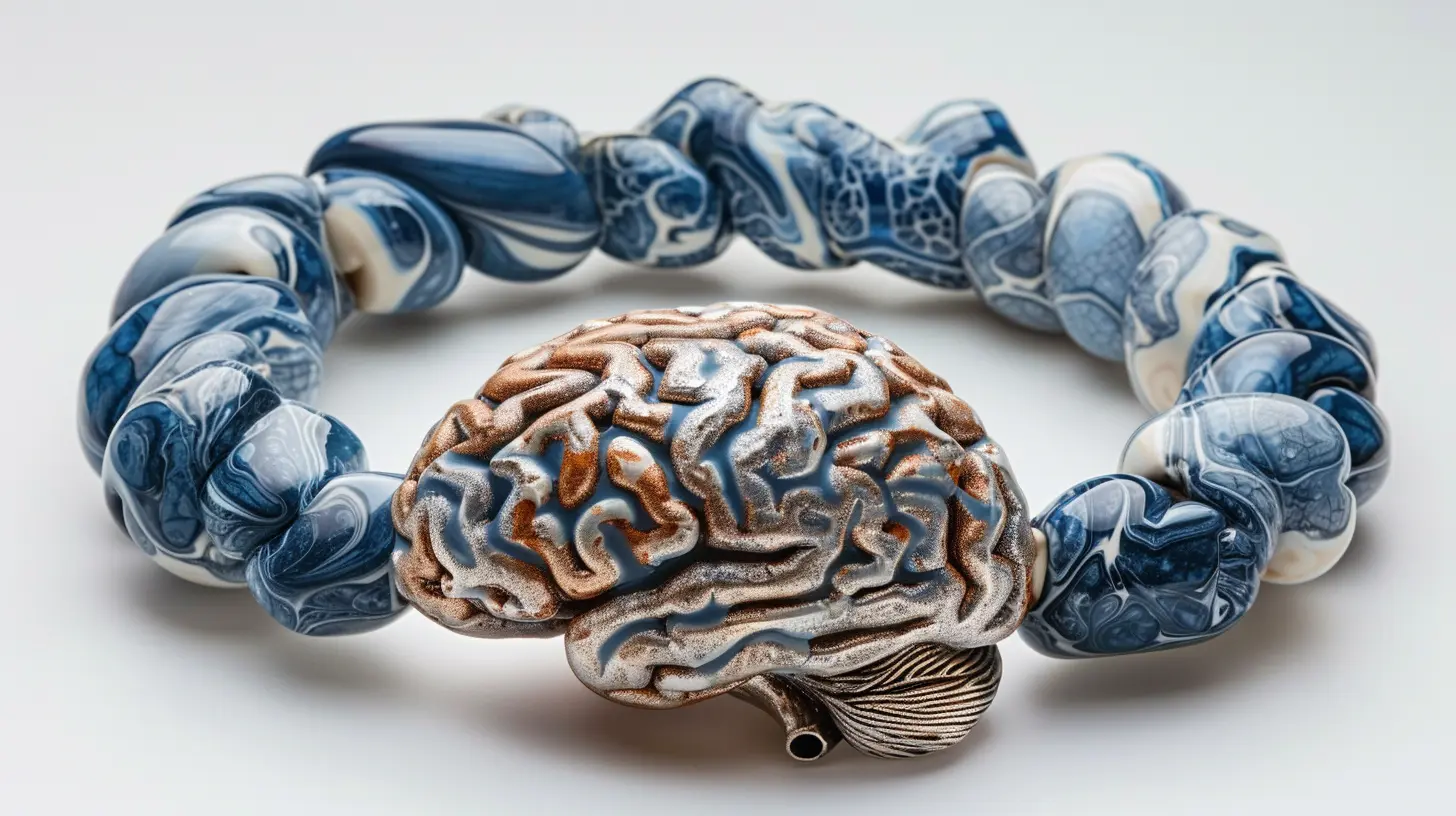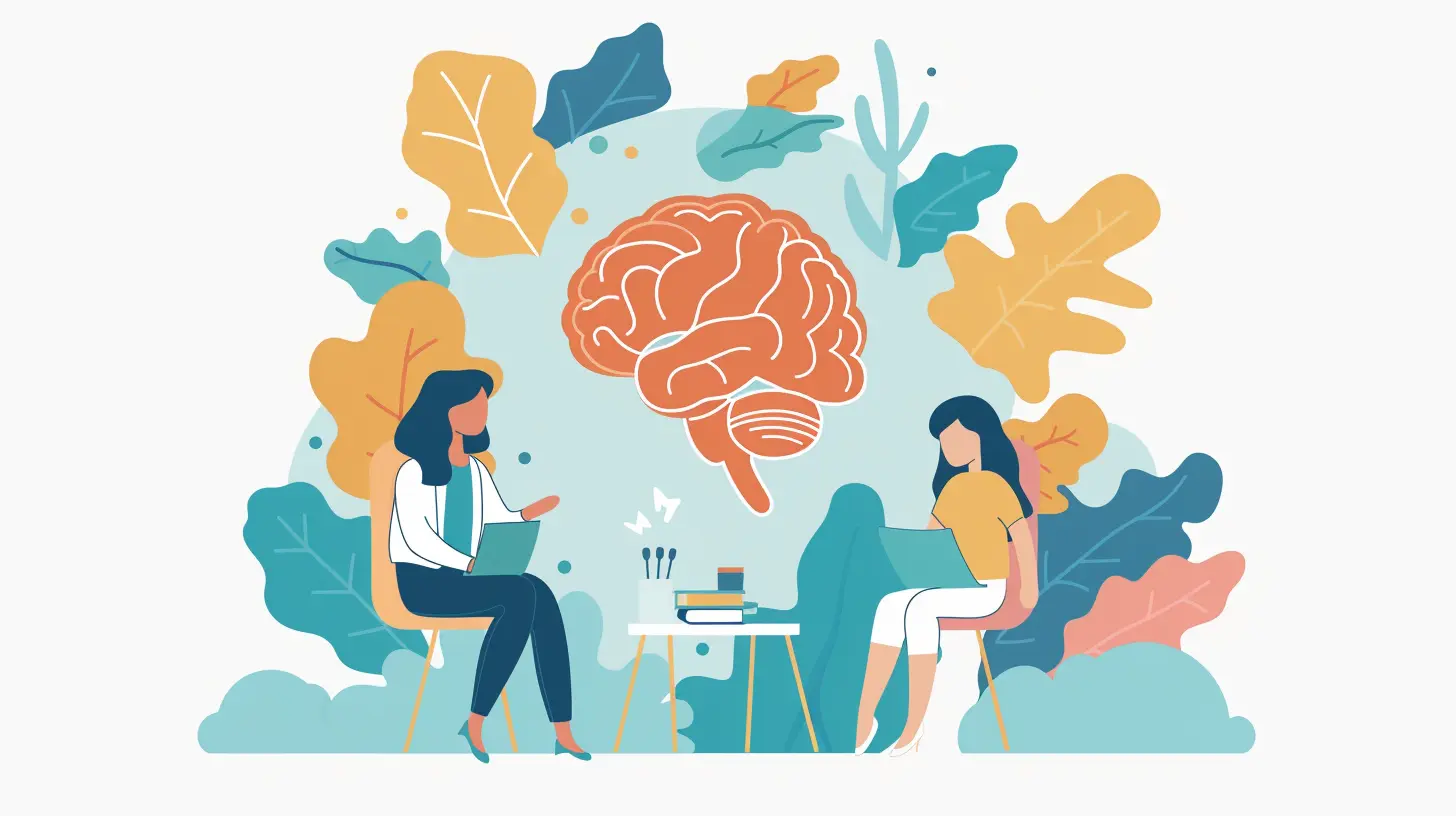23 April 2025
In recent years, psychological therapy has undergone a significant transformation. Thanks to advancements in neuroscience, therapists are now better equipped to understand what's really going on inside the brain when it comes to mental health. Gone are the days when therapy was all about talking and hoping for the best. Now, with neuroscience at the forefront, therapy techniques are more precise, effective, and science-backed.
But what does this integration of neuroscience and therapy really mean? And how does it influence the way therapists help people today? Let's dive into this fascinating topic and explore how neuroscience is shaping modern therapy methods.

What Is Neuroscience?
Before we jump into how neuroscience fits into therapy, let's take a step back and clarify what neuroscience actually is. Simply put, neuroscience is the study of the brain and nervous system. It looks at how neurons (the cells that make up our brain) communicate, how different parts of the brain control behavior, and how various brain functions influence our thoughts, emotions, and actions.Think of the brain as a supercomputer, and neuroscience is the field that studies how this computer functions, what makes it tick, and what happens when something goes wrong. In the context of therapy, this is incredibly useful because understanding how the brain works can help therapists develop techniques that target specific areas of the brain that might be responsible for certain mental health issues.

Why Is Neuroscience Important for Therapy?
You might be wondering, "Why should I care about neuroscience when I'm just looking for help with my anxiety, depression, or stress?" Well, here's the thing: mental health issues are deeply rooted in the brain. Whether you're dealing with anxiety, depression, PTSD, or any other mental health challenge, your brain is at the center of it all.Neuroscience helps therapists understand the underlying brain mechanisms that contribute to these challenges. For instance, if you're struggling with anxiety, neuroscience can explain why your brain is on high alert all the time, even when there's no real danger. By understanding these mechanisms, therapists can create targeted interventions that work with your brain, not against it.
In other words, neuroscience gives therapists a roadmap to your brain, helping them understand exactly what's happening and how to best address it. It’s like having a GPS for mental health!

How Neuroscience is Integrated into Therapy Techniques
Now that we’ve established why neuroscience is important, let’s talk about how it's actually integrated into therapy. Here are three key ways neuroscience is influencing therapy techniques today:1. Neuroplasticity and Cognitive Behavioral Therapy (CBT)
One of the most exciting discoveries in neuroscience is the concept of neuroplasticity. Neuroplasticity refers to the brain's ability to reorganize itself by forming new neural connections throughout life. This means that our brains are not fixed—they can change and adapt, even after years or decades of certain thought patterns or behaviors.Cognitive Behavioral Therapy (CBT) is one of the most widely used forms of therapy today, and it heavily relies on the concept of neuroplasticity. CBT is all about changing negative thought patterns and behaviors. With the help of neuroplasticity, CBT helps "rewire" the brain by creating new, healthier pathways.
For example, if you have a habit of thinking, "I'm not good enough," CBT helps you challenge that thought and replace it with something more positive, like "I am capable and worthy." Over time, this new thought pattern becomes ingrained in your brain—thanks to neuroplasticity.
2. Mindfulness and the Brain's Default Mode Network (DMN)
Mindfulness practices, such as meditation and deep breathing, are becoming increasingly popular in therapy. But did you know that these practices are also backed by neuroscience?Research shows that mindfulness can actually change the structure of the brain. One of the key areas affected by mindfulness is the Default Mode Network (DMN), a network of brain regions that are active when you're not focused on the outside world—essentially, when your mind is wandering or daydreaming.
In people with anxiety or depression, the DMN can become overactive, leading to excessive rumination (i.e., when you keep replaying negative thoughts or events over and over again). Mindfulness practices help calm the DMN, allowing you to stay present and reduce rumination. This is why mindfulness-based therapies, like Mindfulness-Based Stress Reduction (MBSR), are so effective for anxiety and depression.
3. Eye Movement Desensitization and Reprocessing (EMDR) and Memory Processing
Eye Movement Desensitization and Reprocessing (EMDR) is a therapy technique that’s often used to treat PTSD and trauma. This technique involves recalling traumatic memories while simultaneously focusing on bilateral stimulation (usually through eye movements or tapping).The neuroscience behind EMDR is fascinating. When you recall a traumatic memory, your brain often processes it in a way that keeps it "stuck" in your emotional brain centers, like the amygdala. This is why trauma can feel so raw and present, even years after the event.
EMDR helps move that memory from the emotional centers of the brain to more logical areas, like the prefrontal cortex, where it can be processed and stored in a less distressing way. Essentially, EMDR helps your brain "reprocess" the memory so it's no longer as emotionally charged.
4. Neurofeedback and Brainwave Regulation
Another exciting integration of neuroscience in therapy is neurofeedback. Neurofeedback is a technique where individuals learn to regulate their brainwave activity. By using real-time brain monitoring, therapists can help clients see how their brain is functioning and guide them in adjusting their brainwave patterns to improve mental health.For example, people with ADHD or anxiety often have abnormal brainwave activity. Neurofeedback helps them learn to regulate their brainwaves, leading to improved focus, reduced anxiety, and better emotional regulation. It’s like giving you a direct line to your brain to make adjustments as needed.
5. Pharmacotherapy and Neurotransmitter Balancing
While talk therapy is essential, there are times when medication is necessary to help balance brain chemistry. Neuroscience has played a massive role in understanding the role of neurotransmitters—the chemicals in your brain that affect mood, behavior, and cognition.For instance, people with depression often have lower levels of serotonin, a neurotransmitter that contributes to feelings of well-being. Medications like SSRIs (Selective Serotonin Reuptake Inhibitors) help increase serotonin levels in the brain, making it easier for someone to manage their depressive symptoms.
While medication isn't always the first solution, combining pharmacotherapy with therapy techniques influenced by neuroscience can be a powerful way to treat mental health issues.

The Future of Neuroscience in Therapy
So, what does the future hold for the integration of neuroscience in therapy? Well, the possibilities are endless. As neuroscience continues to advance, we're likely to see even more personalized and targeted therapy techniques. Imagine a world where therapists can use brain scans to pinpoint exactly what’s causing your mental health issues and tailor therapy specifically to your brain.We’re already seeing the early stages of this with neuroimaging techniques that allow therapists to see how different parts of the brain are functioning during therapy. In the future, this could become a standard part of treatment, making therapy even more effective and personalized.
Conclusion: Why Neuroscience Matters in Therapy
At the end of the day, the integration of neuroscience in therapy is revolutionizing the way we approach mental health. By understanding the brain, therapists can create techniques that are more effective, targeted, and backed by science. Whether it's using neuroplasticity to rewire negative thought patterns, calming the Default Mode Network with mindfulness, or using neurofeedback to regulate brainwaves, neuroscience is making therapy more precise and impactful than ever before.The next time you sit down with your therapist, know that there’s some serious brain science going on behind the scenes. And that’s a good thing—because the more we understand the brain, the better equipped we are to heal it.




Zealot Ramos
Neuroscience is revolutionizing therapy; embrace its transformative potential today!
April 25, 2025 at 3:44 PM